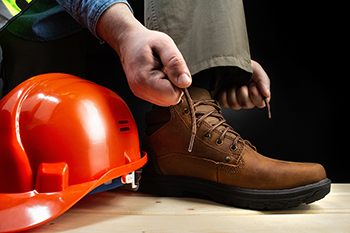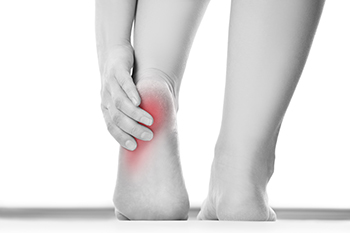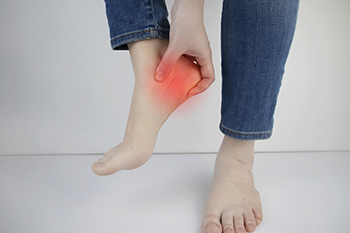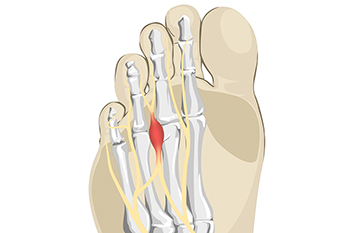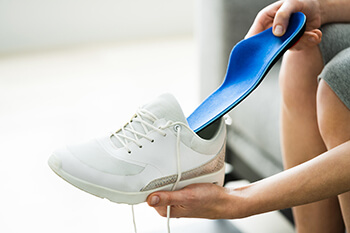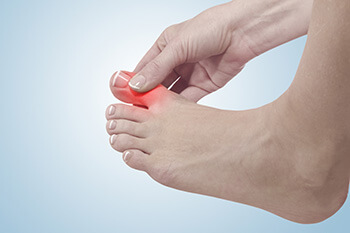
Gout is a condition that affects the joints in the big toe. It often begins in that area, and it may spread to other parts of the foot if treatment is not received. Gout can happen when excess uric acid occurs and collects in the joints of the toes. Common symptoms that many people experience with gout can include intense pain, swelling, and it can be difficult to walk. Foods that are eaten with purines may produce uric acid, and it is beneficial to limit eating these types of foods. These can include shellfish, red meat, and drinks that are made with large amounts of sugar. Additionally, drinking plenty of water daily to stay hydrated may help to avoid painful gout episodes. Many people enjoy getting massages and have reported they may help to relieve the pain of gout. If you have pain in your big toe, it is strongly suggested that you are under the care of a podiatrist who can effectively treat and offer prevention techniques against gout.
Gout is a painful condition that can be treated. If you are seeking treatment, contact the podiatrists from Boston Common Podiatry. Our doctors will treat your foot and ankle needs.
What Is Gout?
Gout is a form of arthritis that is characterized by sudden, severe attacks of pain, redness, and tenderness in the joints. The condition usually affects the joint at the base of the big toe. A gout attack can occur at any random time, such as the middle of the night while you are asleep.
Symptoms
- Intense Joint Pain - Usually around the large joint of your big toe, and it most severe within the first four to twelve hours
- Lingering Discomfort - Joint discomfort may last from a few days to a few weeks
- Inflammation and Redness -Affected joints may become swollen, tender, warm and red
- Limited Range of Motion - May experience a decrease in joint mobility
Risk Factors
- Genetics - If family members have gout, you’re more likely to have it
- Medications - Diuretic medications can raise uric acid levels
- Gender/Age - Gout is more common in men until the age of 60. It is believed that estrogen protects women until that point
- Diet - Eating red meat and shellfish increases your risk
- Alcohol - Having more than two alcoholic drinks per day increases your risk
- Obesity - Obese people are at a higher risk for gout
Prior to visiting your podiatrist to receive treatment for gout, there are a few things you should do beforehand. If you have gout you should write down your symptoms--including when they started and how often you experience them, important medical information you may have, and any questions you may have. Writing down these three things will help your podiatrist in assessing your specific situation so that he or she may provide the best route of treatment for you.
If you have any questions, please feel free to contact our office located in Boston, MA . We offer the newest diagnostic and treatment technologies for all your foot care needs.

